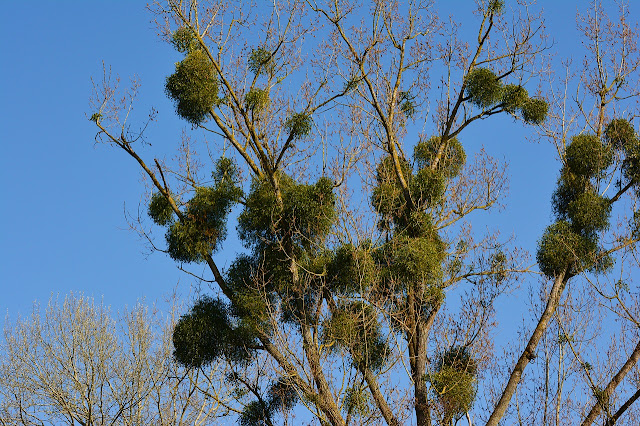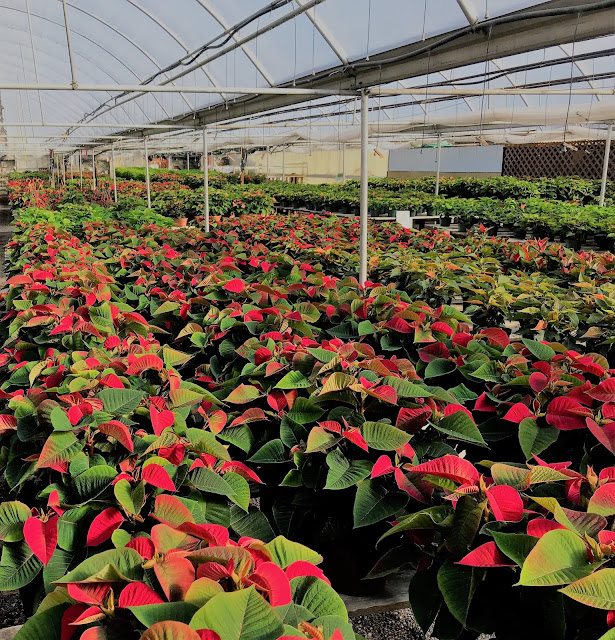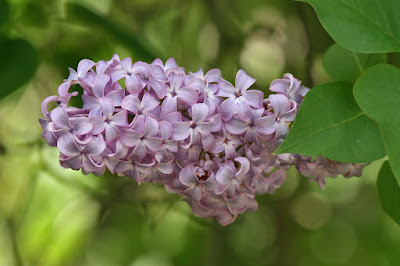Saving Zinnia Seeds
Southwest Yard & Garden by Dr. Marisa Thompson Zinnia showing off both disk and ray flowers at the NMSU Agricultural Science Center in Los Lunas. Photo credit M. Thompson Question: I have a large monarch butterfly garden, and I gathered zinnia seed heads to plant next spring. Zinnia seeds appear to have two distinct morphologies. The ray flower seed is shield-shaped and the disk flower seed is smaller and flatter. Which of the seeds is viable? I have researched and found some who say only the ray seed, some say only the disk seed, and some say both. Please let me know which zinnia seed is most viable and why. - Tim P., New Mexico Answer: I know exactly what you mean. I’ve had this question before myself. Zinnias were one of my first garden successes when I moved to Las Cruces in 2009. I too gathered the seed heads and I too wondered which part was the true seed that should be saved. That year I just saved the whole shebang





